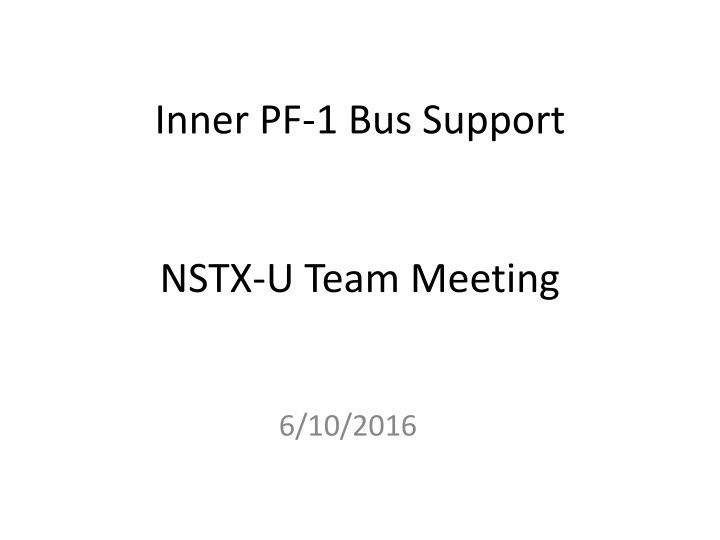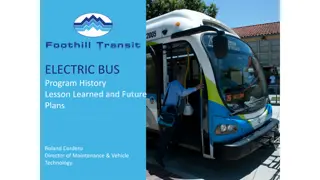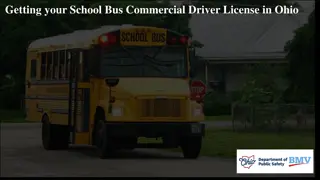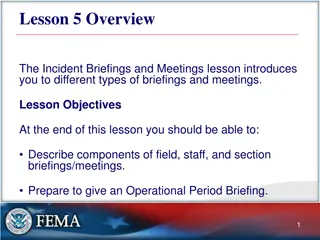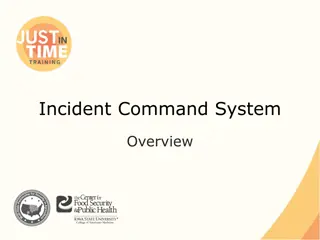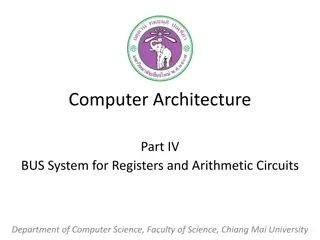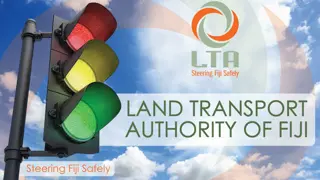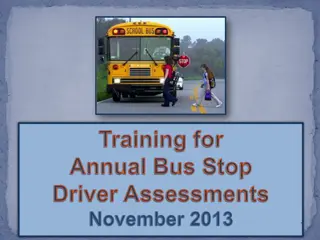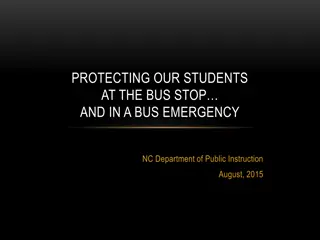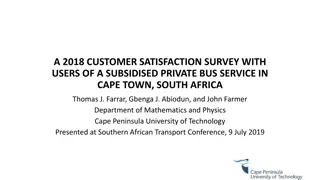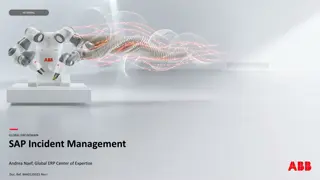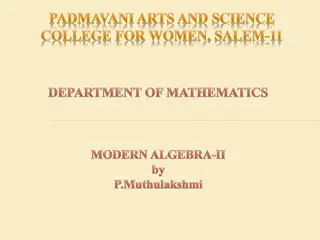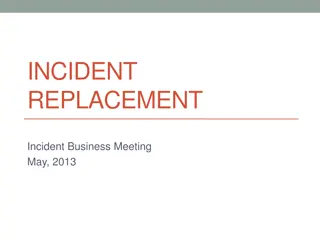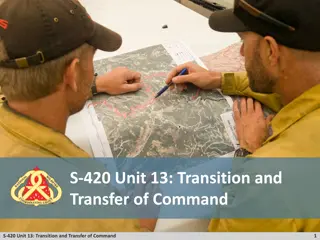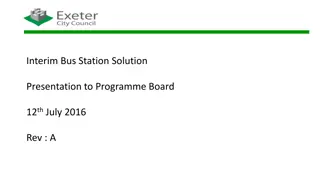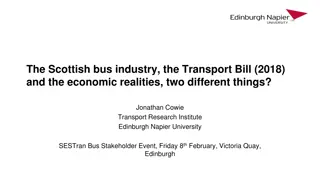NSTX-U Inner PF-1 Bus Support Incident Report
Motion observed on NSTX-U video led to the discovery of disturbances in the PF-1A flexible bus cables and hard-bus flags. Field changes to the hard bus design exacerbated forces on the flex bus, necessitating careful reevaluation of supporting structures. Concerns over the PF-1AU flags prompted structural reinforcement measures. Upper structural support for PF-1A involved custom G-10 box installation and adhesive binding.
Download Presentation

Please find below an Image/Link to download the presentation.
The content on the website is provided AS IS for your information and personal use only. It may not be sold, licensed, or shared on other websites without obtaining consent from the author.If you encounter any issues during the download, it is possible that the publisher has removed the file from their server.
You are allowed to download the files provided on this website for personal or commercial use, subject to the condition that they are used lawfully. All files are the property of their respective owners.
The content on the website is provided AS IS for your information and personal use only. It may not be sold, licensed, or shared on other websites without obtaining consent from the author.
E N D
Presentation Transcript
Inner PF-1 Bus Support NSTX-U Team Meeting 6/10/2016
Timeline of events Motion observed on NSTX-U video. Controlled access granted, technicians and engineers observed that the PF-1A flexible bus cables were disturbed from their original positions and that the PF-1A hard-bus flags that connect to the flex bus were bent. Operations halted. Subsequent inspections indicate that the PF-1A lower flex bus was deflecting similarly (paint rubbed off a neighboring component). The flags were not affected
Field changes to hard bus design exacerbated forces on the flex bus Original design has the inner PF hard bus extending to the perimeter of PF-3 and supported off the PF-3 clamps, however Undocumented components necessitated field changes to the routing of the hard bus: On the NSTX, all prefabricated hard bus had to be thrown out and re-made via field fit. We anticipated having to field fit on NSTX- U. Reasonable engineering judgement was used in considering the changes to the hard bus. The forces transmitted back to the Inner PF coil leads were the main consideration. Supporting the (now) longer run of flex bus should have been considered more carefully.
Supporting the water cooled flex bus Both upper and lower flex bus are being supported with bracket that is anchored to the umbrella Brackets were sized by hand calculations, mocked up in wood, analyzed further using Ansys, and field fit to the flex bus. Final configuration will be re-analyzed (if it deviated) and documented in model and via approved drawings. All unsupported length of flex bus shall be strapped to each other. This was always the practice on previous devices. Analysis shows that the strain on the flags is greatly reduced if they are mechanically tied together.
Concerns over the PF-1AU flags Hard Bus flags bent 16 degrees upward and 5 degrees downward. Concerns that the copper (C102 alloy) was cold worked too far have not proven true. Team Industrial performed fluorescent dye penetrant test showed no cracks in elbow or in the braze joint. Deflection test indicated that the flag s structural integrity is not compromised. Flags were fully annealed (brazing process) - the amount of cold work should not have taken the material anywhere near failure. However, we are not comfortable just bending the flags back to their nominal location. A structural support will surround flags in their current position and transfer loads to umbrella.
PF-1A Upper Structural support grabs the flex bus and ties to umbrella. For the upper flags, a custom G-10 box that accommodates the deflected shape will be installed and tied to the umbrella. The gap between the G-10 and the flags will be filled with the Loctite EA 9395 structural adhesive. Same stuff used between Inconel finger supports and TF flag extensions. Support at the coil bus tower is not being changed. It can handle the loads.
PF-1A Lower Structural support grabs the flex bus and ties to umbrella. For the lower flags, a simple, 1 thick, G-10 plate will tie the flags together. Belleville washers will ensure that contact pressure is maintained. The flex bus will be secured to the phenolic plate that is part of the coil bus tower. It had not been secured previously.
PF2 & 3 were addressed last year Analysis indicated that the PF2 & 3 leads needed additional support so they were bridged together. Design review held in April, 2015 Behind the leads, a structural G-10, support plate (mounted off PF3 structure) grabs the flex connectors close to the flags. There are 2-3 ft. of unsupported flex bus behind the G-10 Plate and the clamps on the coil bus tower (this may need additional clamping)
Other PF coils with water cooled flex bus Inspections of all the remaining coils powered by flex bus were made to determine if similar conditions exist elsewhere. Inner PF 1B and 1C shall require similar modifications to PF-1A before they are energized during plasma operations. The installed configuration of PF 2, 3 & 5 matches the modelling/analysis performed on these coils. They are OK to resume plasma operations. PF4, Not ready for full field operations.
Future work PF-1A Upper Remove hard bus during outage and rebuild to new condition PF1A Lower No additional work needed PF-1B & PF-1C (upper & lower) Additional supports to flex bus (and most likely G-10 plates on flags) need to be added prior to energizing these coils. PF-1C this run (design work will continue next week), PF- 1B later PF4 Need further analysis, operational limits shall be imposed in the meanwhile.
